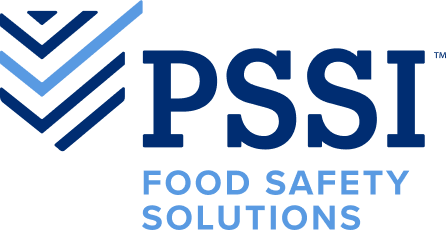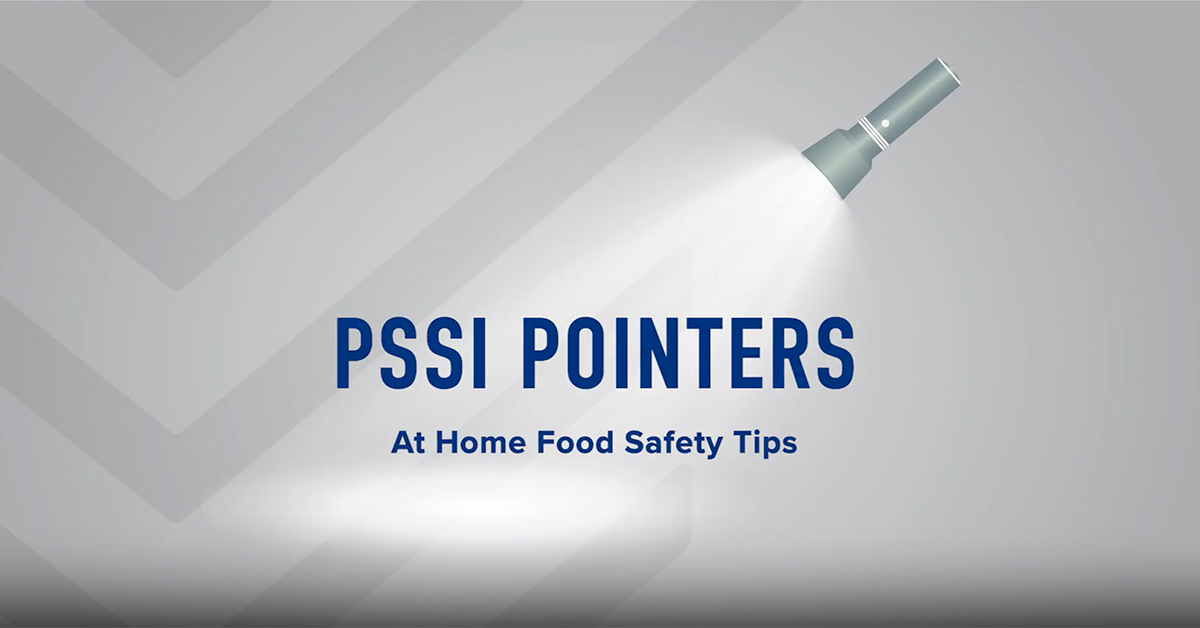At PSSI, we take pride in upholding high sanitation standards in food processing facilities. Yet, the principles of food safety should extend beyond the plants we serve into our homes as well. Here are four essential practices—Clean, Separate, Cook, and Chill—that can help you keep your kitchen clean and your family safe from foodborne illness.
Clean: The Foundation of Food Safety
The journey to food safety begins with cleanliness. Just as our teams follow PSSI’s 8 steps of sanitation in the facilities we clean, at home, it’s crucial to keep hands and food preparation surfaces clean. Bacteria can lurk on hands, cutting boards, utensils, countertops, and food. Adopt a routine of cleaning surfaces with hot water and soap to eliminate dirt and debris. Follow up with sanitization of food contact surfaces to remove germs, reinforcing a clean and safe cooking environment.
Separate: Avoid Cross-Contamination
The second aspect of food safety is separation. From the grocery cart to the kitchen, keep raw meat, poultry, seafood, and eggs separate from other foods. Transfer them to sealed containers on the bottom shelf of the refrigerator to prevent harmful bacteria from spreading. During food preparation, use distinct cutting boards, plates, and utensils for fresh produce and raw items. And of course, never place cooked food on surfaces that previously held raw foods.
Cook: Precision for Safe Consumption
Ensuring food safety goes beyond appearances. Color isn’t a reliable indicator of whether food has reached a safe internal temperature. According to USDA research, burgers may turn brown before reaching the necessary 160°F for ground meat. Safeguard your family by using a food thermometer in the thickest part of the food to measure its internal temperature accurately.
Chill: Prompt Refrigeration for Microbial Prevention
Prompt and proper chilling is the final step in our journey to food safety. Refrigerate or freeze perishables, prepared foods, and leftovers within two hours. Maintain your home refrigerator at 40°F or below to impede the growth of foodborne bacteria and reduce the risk of illness. Safely thaw meat, poultry, and seafood in the refrigerator, on a plate or in a container to catch any potential leaks.
Our sanitation, chemistry and pest team members are dedicated to protecting millions from foodborne illnesses through our sanitation and food safety services. In adopting these four fundamental practices—Clean, Separate, Cook, and Chill—we can safeguard ourselves and our families from foodborne pathogens at home, too.

